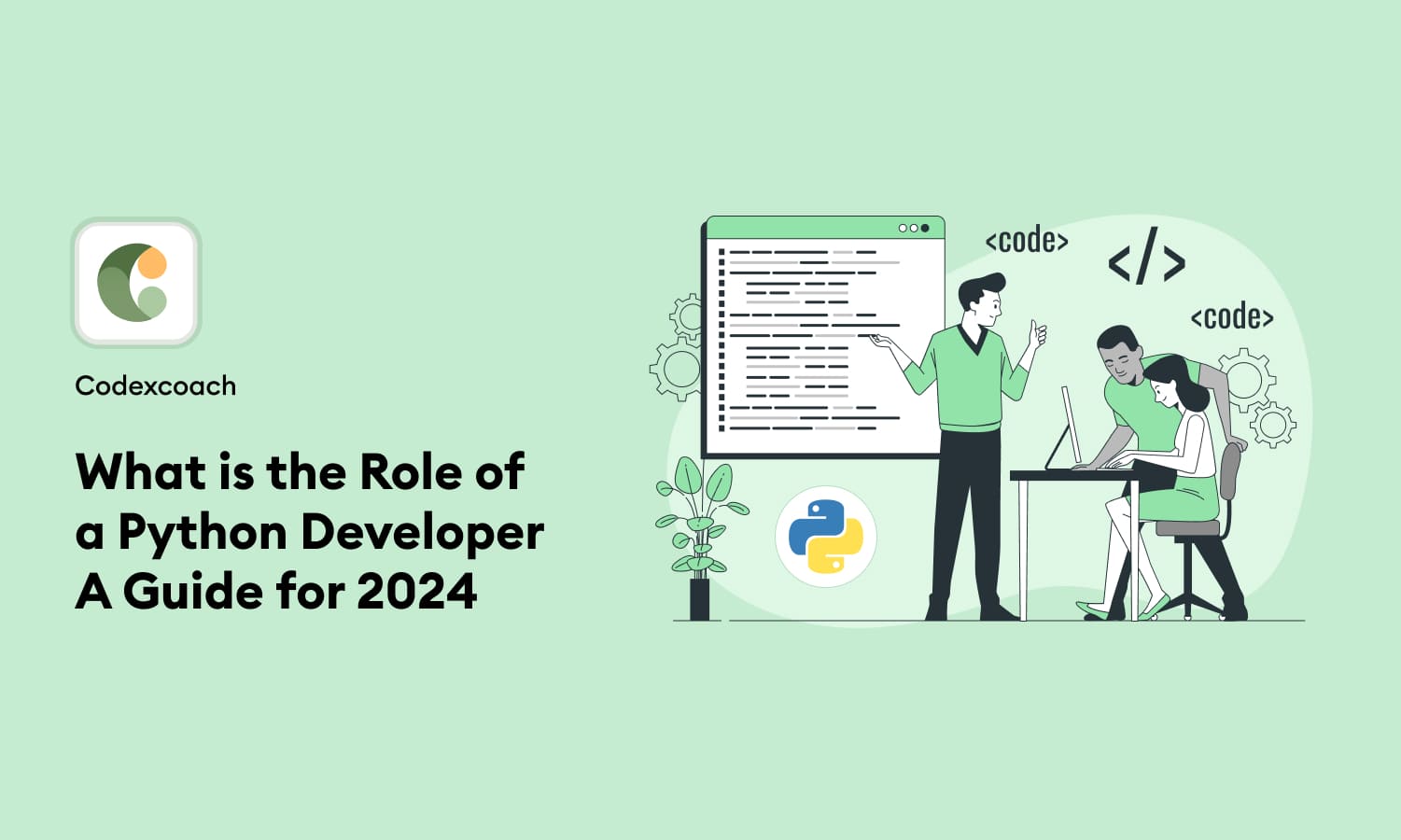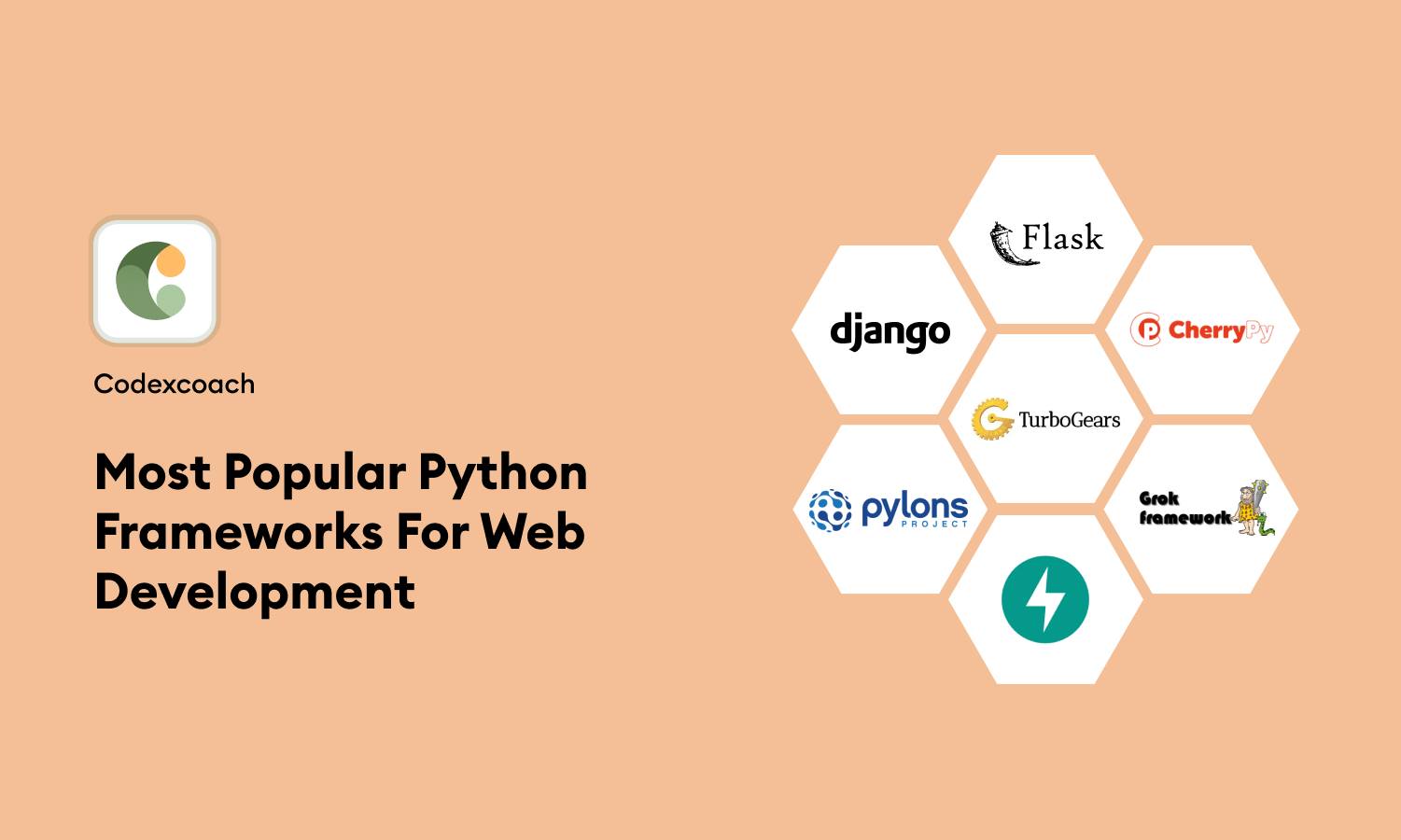Python, renowned for its simplicity and readability, has become one of the most popular programming languages. However, as with any language, writing good code goes beyond just making it work. Ensuring high-quality Python code is essential for maintainability, efficiency, and scalability. This comprehensive guide delves into how you can audit and improve the quality of your Python code.
1. Embracing Python Code Readability and Style
Python Code readability is paramount in Python. A readable code base is easier to maintain, understand, and debug.
- PEP 8 Standards: Python Enhancement Proposal (PEP) 8 is a style guide that provides conventions for Python code. Following these conventions, such as naming conventions, indentation, and line length, makes your code more consistent and accessible to others in the Python community.
- Effective Documentation: Documenting your code with docstrings and comments is crucial. Docstrings describe the purpose and usage of modules, classes, and functions, while comments explain complex code logic or decision-making.
- Refactoring for Simplicity: Refactoring is the process of restructuring existing code without changing its external behavior. It’s crucial for reducing complexity and improving readability. Break down large functions and classes into smaller, manageable units. This makes your code easier to test and understand.
2. Code Maintainability
Maintainability is about making your codebase more approachable and less prone to bugs.
- DRY Principle: “Don’t Repeat Yourself” is a fundamental principle aimed at reducing repetition. Utilize functions, classes, and modules to encapsulate reusable code. This not only makes your code more readable but also easier to modify.
- Modular Design: A modular approach to software design involves breaking your program into separate modules, each responsible for a piece of functionality. This promotes code reuse and a clearer organizational structure.
- Version Control with Git: Version control systems like Git are essential for tracking changes, collaborating with others, and maintaining a history of your project. It allows for better management of different code versions and collaborative work.
3. Performance Optimization
In Python, writing efficient Python code can be a challenge due to its interpreted nature. However, there are several ways to optimize your code for better performance.
- Profiling to Identify Bottlenecks: Profiling tools in Python, such as cProfile, help identify parts of your code that are slowing down your program. This is crucial for targeted optimization.
- Choosing the Right Data Structures: Python offers a variety of data structures, and choosing the right one for the task can significantly impact performance. For example, using sets for membership testing is much faster than using lists.
- Algorithmic Efficiency: Sometimes the way you’ve written your logic can be improved. Review your algorithms and consider if there’s a more efficient way to achieve the same result. Python’s built-in functions and libraries often offer optimized solutions for common tasks.
4. Testing and Reliability
Testing is a crucial part of maintaining high-quality code. It helps catch bugs early and ensures your code behaves as expected.
- Unit Testing: Unit tests are written to test individual units of code, like functions or methods. Python’s
unittestandpytestare popular frameworks for writing and running tests. - Integration Testing: This testing phase involves combining individual units of Python code and testing them as a group. It ensures that the integration of these units works as expected.
- Code Coverage Tools: Tools like Coverage.py help you determine how much of your codebase is covered by your tests. High code coverage is often associated with lower bug rates.
5. Security
In the era of cybersecurity threats, writing secure Python code is more important than ever.
- Input Validation: Never trust the data you receive. Always validate inputs to prevent common vulnerabilities like SQL injection and cross-site scripting (XSS).
- Managing Dependencies: Regularly update your dependencies and check for vulnerabilities using tools like
pip-audit. This helps in keeping your environment secure. - Robust Error Handling: Properly handling errors prevents your program from crashing and potentially exposing sensitive information. It also makes debugging easier.
6. Code Reviews
Peer reviews are a vital part of the development process, providing an opportunity for learning and quality enhancement.
- Peer Review Process: Regularly have your Python code reviewed by peers. They can provide a different perspective and catch issues you might have missed.
- Automated Code Review Tools: Tools like SonarQube and Codacy can automatically analyze your code for potential issues, such as code smells, security vulnerabilities, and bugs.
7. Leveraging Automated Tools and Linters for Improved Quality
Automated tools can significantly enhance the quality of your Python code by enforcing standards and catching errors early.
- Linters like
flake8andpylint: These tools analyze your code for potential errors, stylistic issues, and deviations from best practices. They are indispensable for maintaining high code quality. - Static Code Analysis: Tools for static code analysis go beyond linting. They evaluate your code for more complex issues, such as potential bugs, overly complex functions, or duplicated code.
8. Comprehensive Documentation
Good documentation is essential for any project. It guides new users and developers, making your codebase more approachable.
- Project Documentation: This includes README files, installation guides, user manuals, and developer guides. Your documentation should clearly explain how to set up, use, and contribute to your project.
- Code Examples and Tutorials: Providing examples and tutorials, especially for complex parts of your application, can significantly help new developers understand the usage and purpose of your Python code.
9. Continuous Integration and Continuous Deployment (CI/CD)
CI/CD practices help in automating the testing and deployment of your code, ensuring consistent quality and efficiency.
- Automated Testing and Deployment: Set up CI/CD pipelines to automatically run tests and deploy your code. This reduces the chance of human error and ensures that any new changes are properly tested before being deployed.
- Environment Consistency: It’s important to ensure that your development, testing, and production environments are as similar as possible. This reduces the chances of encountering the dreaded “it works on my machine” problem.
10. Accessibility and Internationalization
Ensuring your code is accessible and internationalized can greatly expand its usability and audience.
- Accessible Design: If your code is part of a web application, it’s important to ensure that it’s accessible to users with disabilities. This includes following web accessibility guidelines and testing for accessibility issues.
- Internationalization Support: If your application is intended for a global audience, design it to handle different languages, regions, and cultures. This often involves externalizing text and formatting data (like dates and currency) correctly.
Conclusion
In conclusion, auditing the quality of your Python code is a multifaceted process that involves attention to detail, adherence to best practices, and a commitment to continuous improvement. By focusing on readability, maintainability, performance, security, and best practices in testing and documentation, you can ensure that your Python code is robust, efficient, and scalable. Remember, high-quality code is not just about what it achieves; it’s about how it achieves it. It’s an ongoing process of learning, adapting, and refining your skills and your code.





